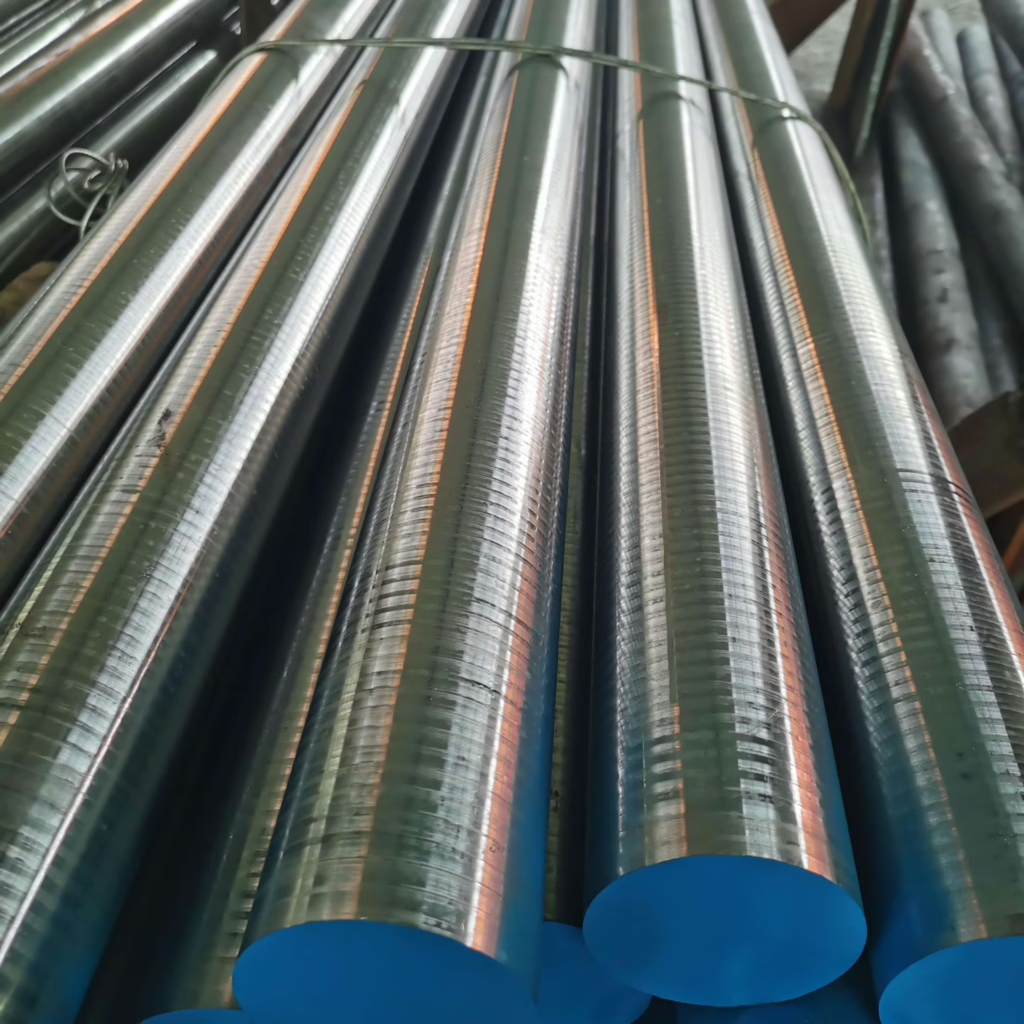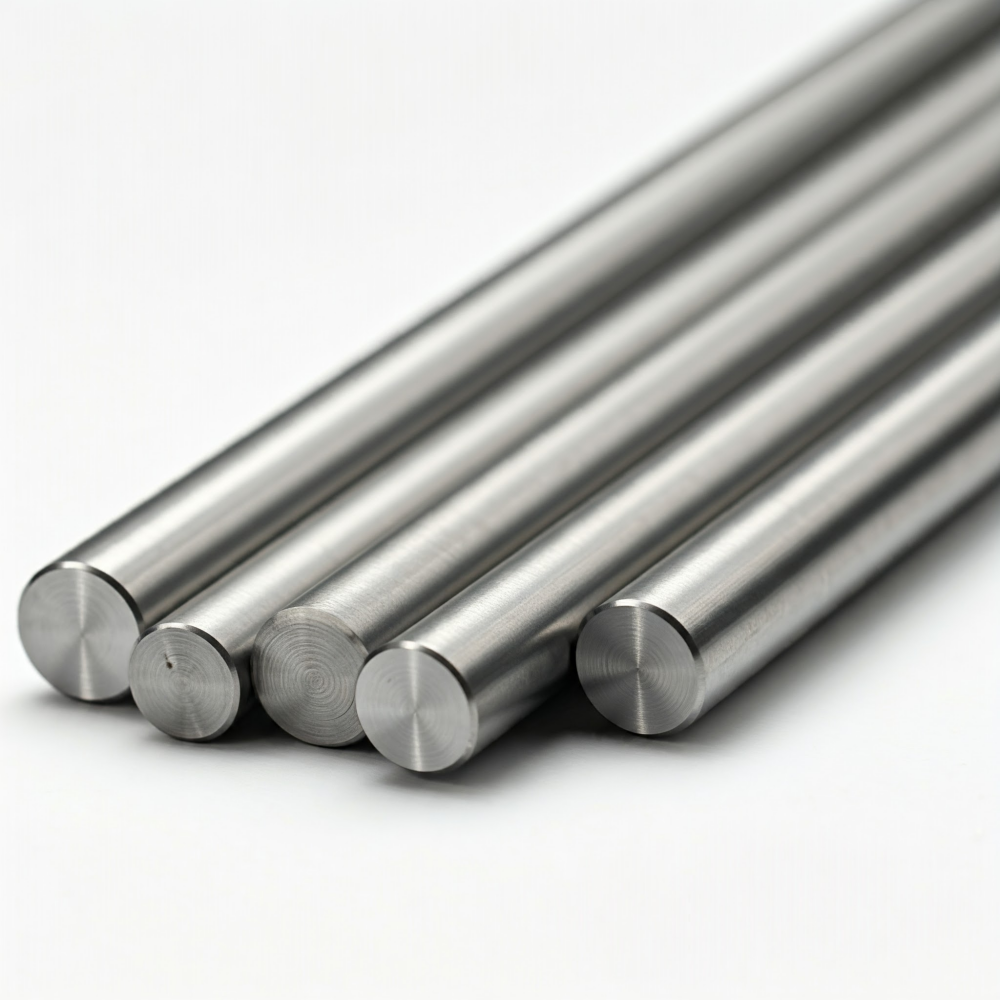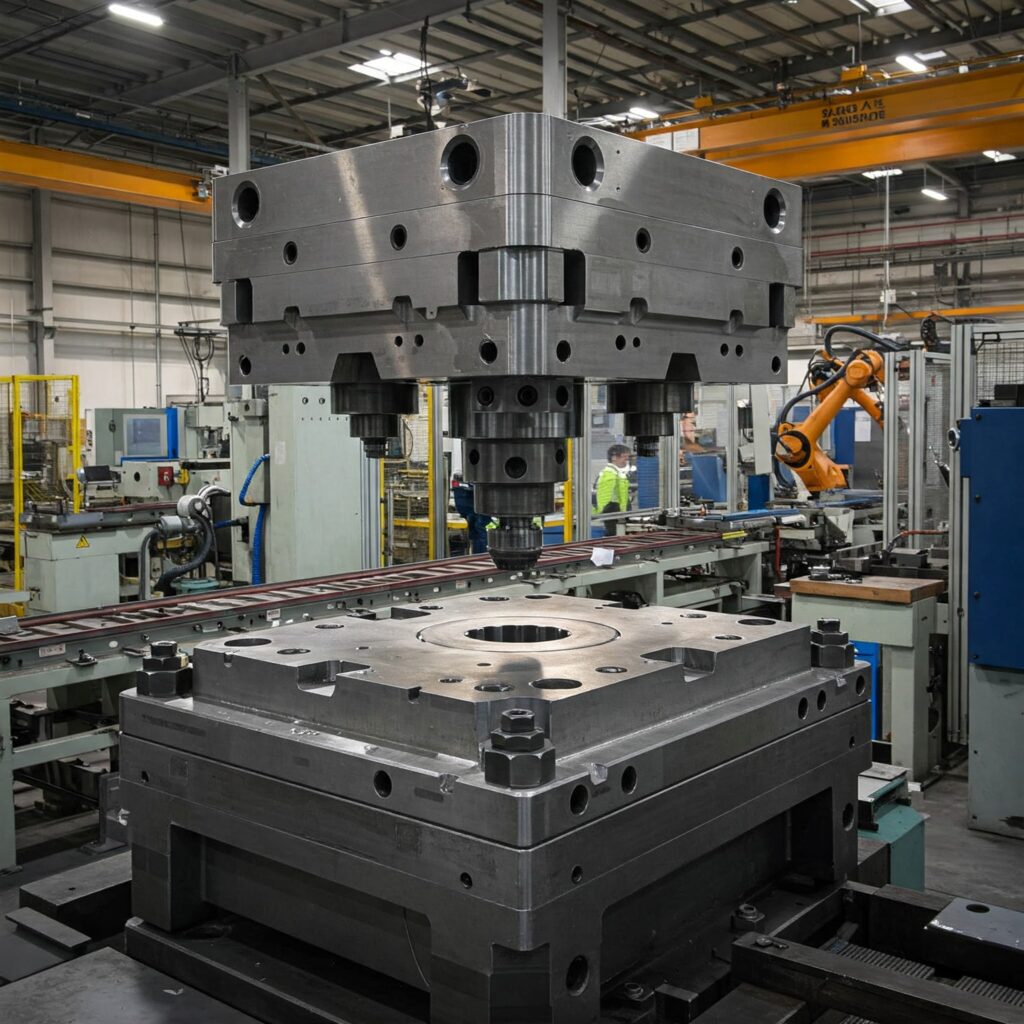فولاذ أداة O2 المعالجة الحرارية ضرورية لتحقيق الأداء الأمثل. فولاذ الأدوات O2 هو فولاذ أدوات مُبرّد بالزيت، مُستخدم للعمل على البارد، يتميز بصلابة عالية، ومقاومة عالية للتآكل، وتشوّه ضئيل أثناء المعالجة الحرارية. بالمقارنة مع الفولاذ المُبرّد بالماء، يُظهر فولاذ O2 ثباتًا أبعاديًا أفضل ومتانة أعلى بعد التبريد الكامل.1. تشمل الدرجات المكافئة من فولاذ الأدوات O2 ما يلي:
- أوروبا (EN/DIN): 1.2842 أو 90MnCrV8.
- اليابان (JIS): SKS31
- الصين (GB): 9Mn2V

تتضمن المعالجة الحرارية لفولاذ أداة O2 عادةً التسخين المسبق، والتلطيف، والتبريد، والتخمير.
التسخين المسبق
يجب أن تخضع جميع أنواع فولاذ الأدوات تقريبًا، بما في ذلك الأكسجين، لمعالجة تسخين مسبق. يساعد ذلك على تقليل الصدمات الحرارية ويقلل من خطر التشوه أو التشقق عند وضع الأدوات الباردة في فرن ساخن. كما يُخفف الضغط الناتج عن معالجة مواد الأكسجين، ويُحسّن كفاءة إنتاج الأفران. سخّن مسبقًا إلى 649-677 درجة مئوية (1200-1250 درجة فهرنهايت) حتى تسخن مادة الأكسجين بالتساوي.
التصلب (الأوستنيتي)
يتراوح نطاق درجة حرارة الأوستنيت لفولاذ الأكسجين عادةً بين 760 و800 درجة مئوية (1400 و1472 درجة فهرنهايت). عند هذه الدرجة، تذوب كربيدات السبائك المعقدة المختلفة، ويتحول التركيب الدقيق إلى الأوستينيتيجب التحكم في وقت النقع عند هذه الدرجة من الحرارة بعناية لتجنب التأثيرات الضارة على البنية الجزيئية.
إخماد
بعد عملية الأوستنيت، يُبرَّد الفولاذ بسرعة، عادةً في الزيت لفولاذ الأدوات المُعالج بالأكسجين، لتحويل الأوستينيت إلى مارتنسيت، وهو الهيكل الصلب المطلوب. يتميز التبريد بالزيت بمعدل تبريد أبطأ من التبريد بالماء، ولكنه أقل عرضة للتشوه والتشقق. يجب تبريد مادة الأكسجين إلى درجة حرارة تتراوح بين 66 و93 درجة مئوية (150 و200 درجة فهرنهايت) قبل الانتقال إلى مرحلة التطبيع. على عكس الفولاذ المُصلَّد بالهواء، لا يُغلَّف فولاذ الأدوات المُعالج بالزيت عادةً بورق من الفولاذ المقاوم للصدأ أثناء عملية التبريد، لأن الورق سيعيق عملية التبريد بالزيت.
التقسية
عادةً ما يُسخّن فولاذ الأدوات المُشبع بالأكسجين (O2) في درجات حرارة منخفضة، تتراوح عادةً بين 150 و260 درجة مئوية (300 إلى 500 درجة فهرنهايت)، للحفاظ على صلابته العالية. يتطلب فولاذ الأدوات المُشبع بالأكسجين عادةً دورة تخمير واحدة، ولكن يُفضّل أحيانًا التخمير المزدوج. تتطلب كل دورة تخمير عادةً وقت نقع لا يقل عن ساعتين لكل بوصة (4.7 دقيقة لكل مليمتر) من المقطع العرضي، مع تبريد الهواء إلى درجة حرارة الغرفة بين دورات التخمير المتعددة. يُعدّ توقيت التخمير أمرًا بالغ الأهمية، ويجب أن يبدأ فورًا بعد انخفاض درجة حرارة خطوة الإخماد السابقة إلى 52-65 درجة مئوية (125-150 درجة فهرنهايت) لمنع الآثار السلبية على عمر الأداة وتجنب تثبيت الأوستينيت المُحتفظ به. كلما ارتفعت درجة حرارة التخمير، انخفضت صلابته.
ما سبق هو ملخص لخبرتنا الممتدة لعشرين عامًا في مجال المعالجة الحرارية للأكسجين، مع بعض المعلومات المستقاة من المراجع ذات الصلة. نأمل أن يكون هذا مفيدًا لكم. إذا كنتم مهتمين بفولاذ الأكسجين، فلا تترددوا في التواصل معنا.
- ني، جيه جي (المراجع الفني الرئيسي ورئيس التحرير). (2010). أساسيات تصميم الأدوات (الطبعة السادسة). جمعية مهندسي التصنيع. ↩︎
احصل على عرض أسعار تنافسي لفولاذ الأدوات O2
بخبرة تزيد عن 20 عامًا في مجال التشكيل، تُعدّ Aobo Steel شريكك الموثوق في فولاذ الأدوات عالي الأداء O2. لا نوفر المواد فحسب، بل نوفر أيضًا الحلول. استفد من معرفتنا العميقة بالصناعة وسلسلة التوريد الموثوقة لنجاح مشروعك.
✉ تواصل معنا عن طريق ملء النموذج أدناه.


